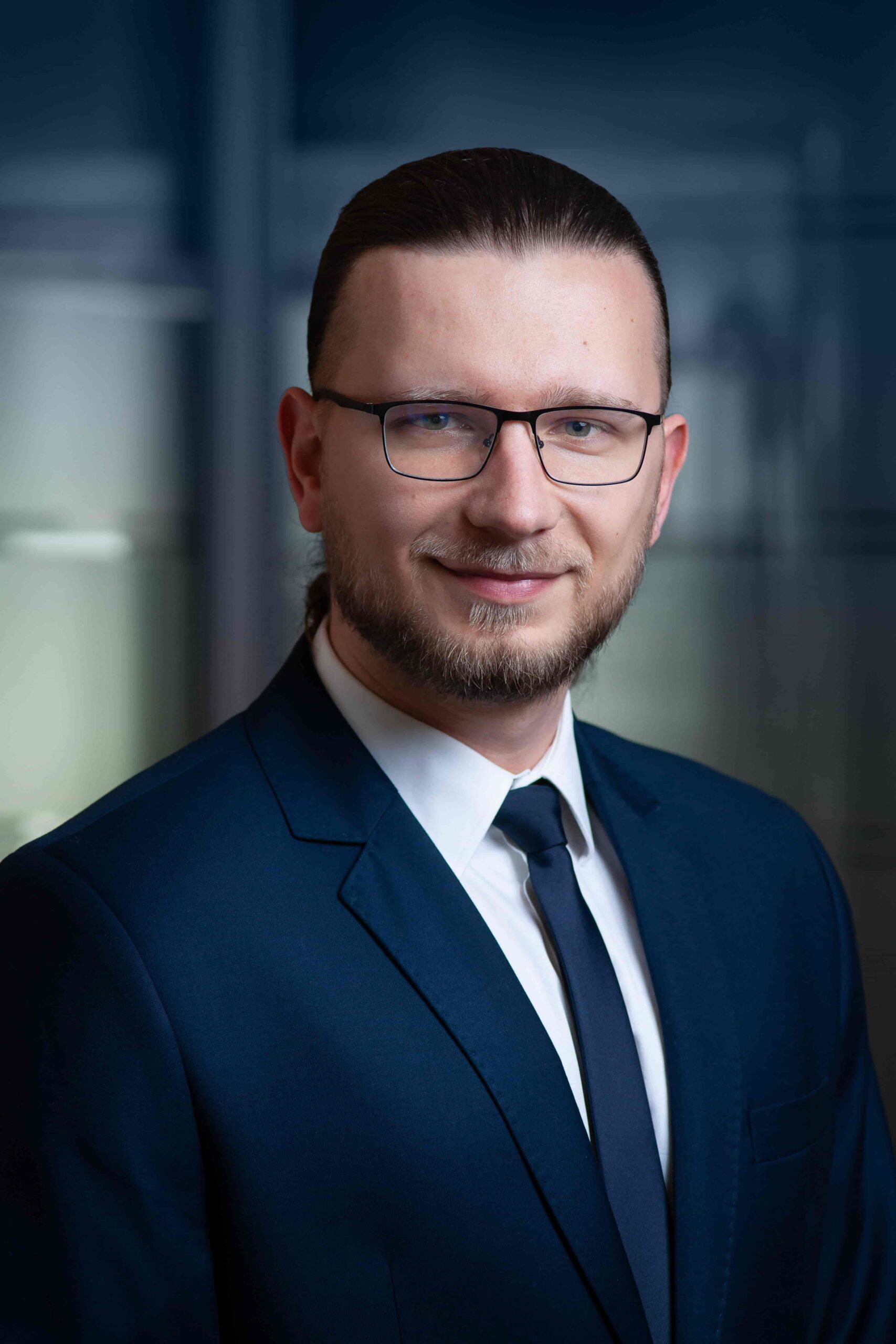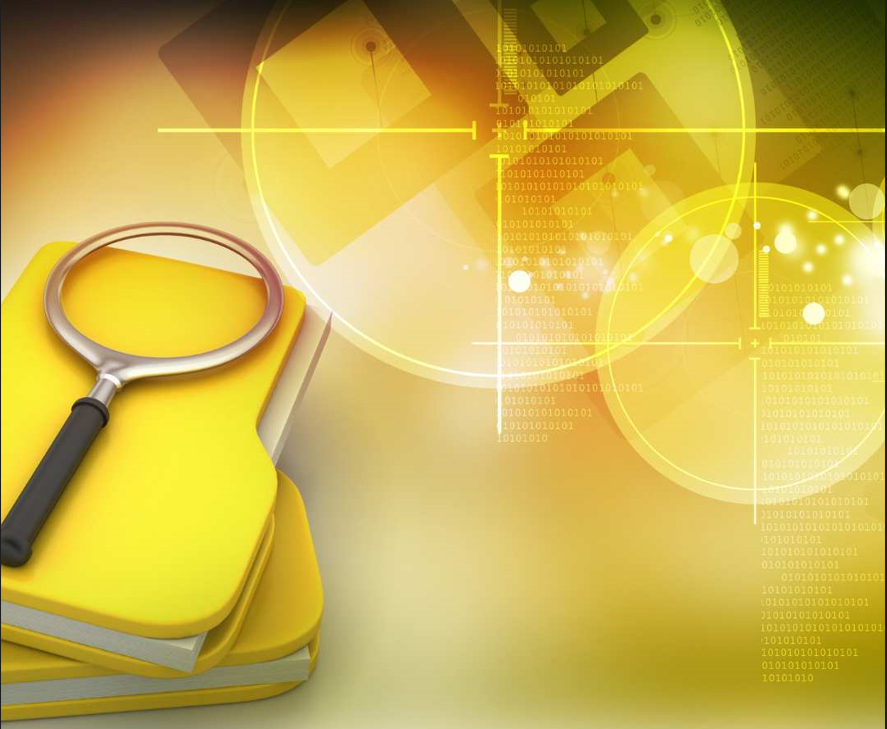Patent examination is the foundation for successfully obtaining industrial property rights, such as patents for inventions and protection rights for utility models, and for launching new solutions in the form of products or technologies. Those wishing to pursue their solutions must take into account that they may already be protected by exclusive rights by other entities. Therefore, in order to avoid the risk of infringing others’ exclusive rights, it is worthwhile to conduct patent examination first.
Patent examination involves verifying whether an innovative solution is new and whether exclusive rights already exist for such a solution. Patent attorneys and patent specialists conduct extensive searches in patent databases containing patent literature, as well as in non-patent literature, to determine the state of the art closest to the solution under examination. All this is done in order to determine whether there are solutions similar to or the same as the solution under examination that have been filed for protection or for which exclusive rights have already been granted nationally and/or internationally.
Patent information contained in patent databases also makes it possible to monitor the direction of technology development in a given field, plan one’s own research and development activities, and keep track of competitors’ activities.
Patent examination of technical solutions is divided as follows:
– patent examination of the state of the art,
– patent examination of patentability,
– patent examination of patent purity.
Patent examination of the state of the art
The state of the art patent examination is the most general examination and consists in discerning the state of the art in the patent and non-patent literature, in the area covering the scope of the technical solution under examination. It should be conducted at the stage of design work. It is aimed at determining the closest state of the art concerning the studied solution, in order to define further research and development directions and to discern the general patent risk. In addition, the result of the state of the art examination makes it possible to determine whether the ongoing project is innovative enough to be worth further funding. The examination also makes it possible to find out the directions of product and technology development of competing companies.
The result of a state of the art examination is a list of patent and non-patent documents revealing solutions similar and/or the same as the solution under examination. Most often, the list of documents includes patent applications and utility model applications, as well as granted patents and granted utility model protection rights.
The state of the art examination is intended to provide a general representation of the closest state of the art, so as a result of the examination, no patent attorney’s opinion on patentability or opinion on infringement of exclusive rights is provided.
Patent examination of patentability
Patentability examination should be conducted before filing a patent application. Its purpose is to assess the possibility of obtaining patent protection for a technical solution. The patentability examination is carried out at the stage of having technical documentation, a detailed description of the solution and prototypes.
The result of the patentability examination is a list of patent and non-patent documents disclosing the closest state of the art for the examined solution, together with the opinion of the patent attorney as to whether the examined solution meets the statutory conditions for protection, i.e. whether it is novel, has an inventive step (not obviously derived from the state of the art) and is suitable for industrial application. The opinion makes it possible to determine the real chances of obtaining patent protection for the invention and the possibility of protection by other industrial property rights. In addition, on the basis of the opinion, it is also possible to develop design changes to refine the invention so that obtaining the right is feasible.
Positive results of a patentability examination do not guarantee the obtaining of a protective right, but they allow maximizing the probability of successfully completing the application procedure. Therefore, before preparing a patent application, it is highly recommended to conduct a patentability examination first.
Patent examination of patent purity
A patent purity examination is conducted before a new product is launched. Its purpose is to check the possibility of launching a new product without infringing others’ exclusive rights. The patent purity examination is limited in time and territory. It is carried out among exclusive rights in force and among pending applications that may constitute exclusive rights in the future. In addition, it is limited to the territory of a particular country.
As with other patent examinations, the result of conducting a patent purity examination is the receipt of a list of documents that relate to the same or similar solutions. Along with the list of documents, an opinion from a patent attorney is provided on whether the implementation of the solution on the market will infringe others’ exclusive rights. The opinion allows to assess the risk of infringement of exclusive rights under the law of the country. After the patent purity examination, a decision is made to launch the product on the market, or alternatively to change the product enough to avoid infringement of others’ exclusive rights.
It is important to remember that having an exclusive right (patent or utility model) for one’s own solution does not mean that the solution does not infringe others’ exclusive rights! Therefore, conducting a patent purity examination is recommended when launching any new product.
Summary
Patent examination is the foundation for developing new solutions for future protection and market implementation. Even in cases where the inventors of inventions do not intend to apply for patent protection for their solutions, it is recommended to conduct patent examination for research and development purposes and to avoid infringement of others’ exclusive rights in case of later market introduction.
It should also be noted that conducting patent examinations never provides a 100% guarantee that all patent documents, all scientific publications and other non-patent sources have been checked. This is due, for example, to the current law on publication of applications. In the case of patent applications, the Patent Offices publish the pending patent documentation after a period of eighteen months from the filing date. Thus, it is possible that at the time of the examination, some documents representing the state of the art have not yet been published, and are therefore not available in patent databases. Therefore, patent examinations are designed to maximize the likelihood that the examined solutions do not infringe others’ rights or are patentable. Patent research conducted by patent attorneys provides a strong basis for marketing, commercializing and seeking protection for one’s own innovative solutions.

Maciej Fajkowski holds the position of a Junior Patent Specialist and a Patent Attorney Trainee.
His main tasks include preparation of documentation and verification of European patent validation texts, conducting research and patent searches in the state of the art in terms of patentability and purity, and correspondence with the Polish Patent Office, foreign patent offices and the clients. In cooperation with patent attorneys, he also prepares patent applications (PL, PCT, EP) and coordinates further application procedures.
On a daily basis, he supports the process of patent registration for large customers from the field of electronic industry and production of equipment for industry and households.
Maciej is a graduate of the Warsaw University of Technology, which he graduated from the Faculty of Transport, obtaining the title of an engineer with a specialization in safety engineering and transport ecology. He is a member of the Polish Chamber of Patent Attorneys.
E-mail: maciej.fajkowski@patpol.pl

